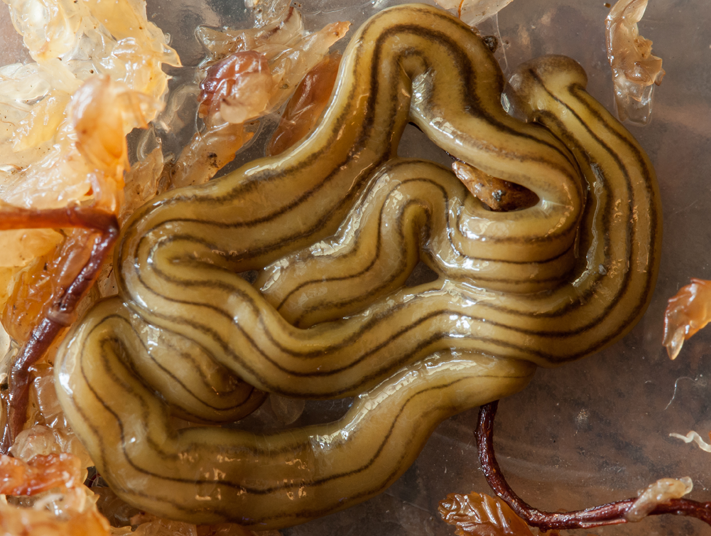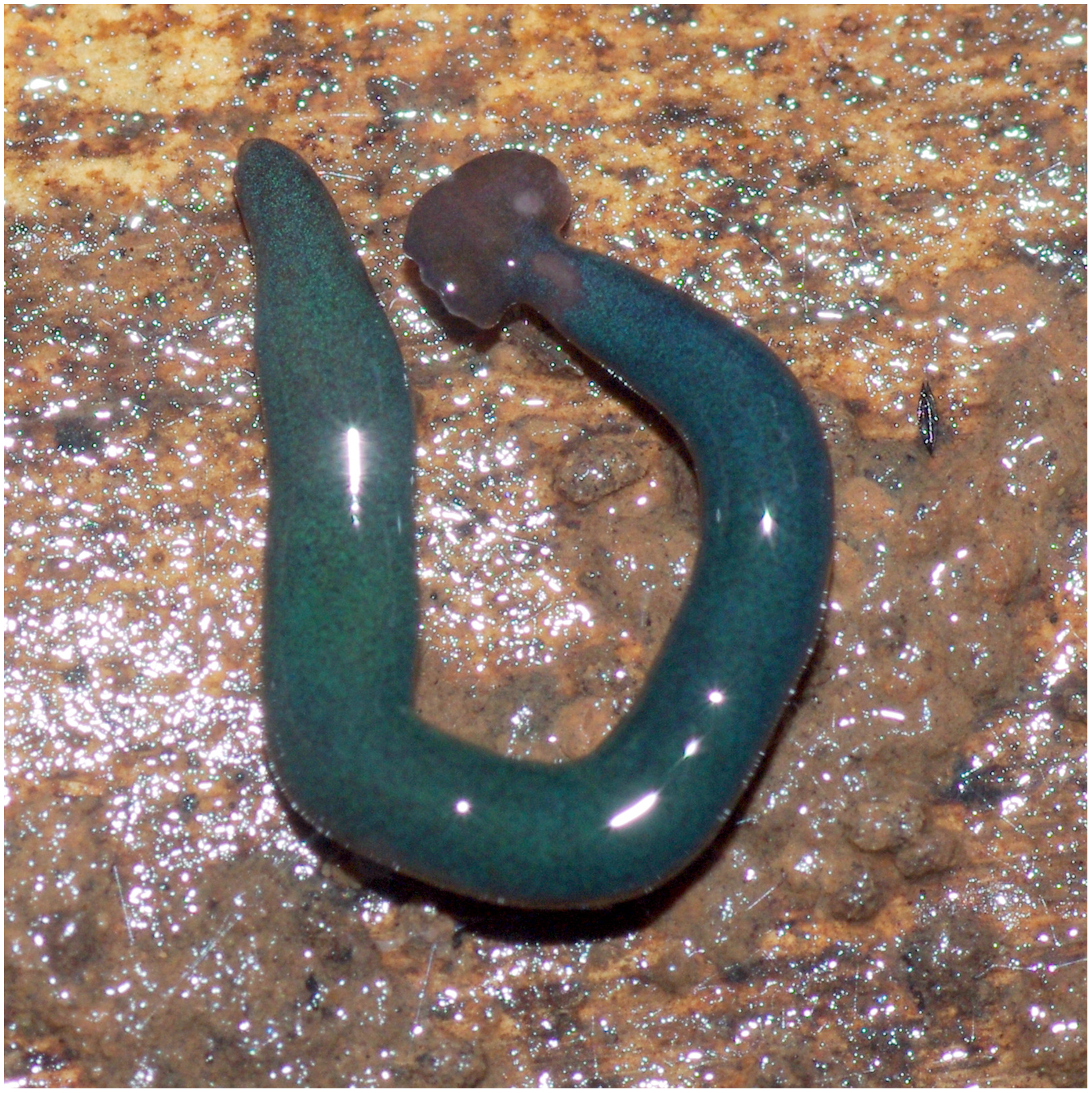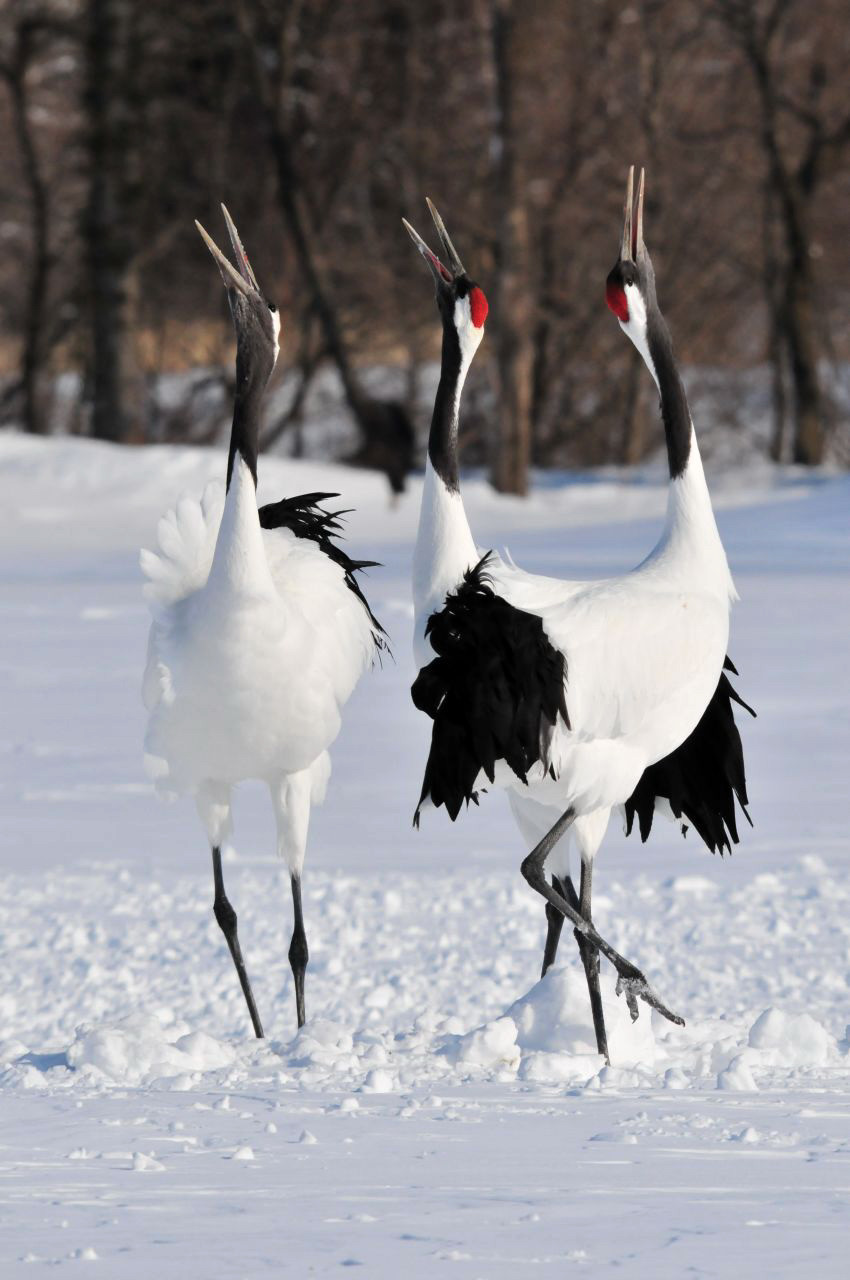|
Diversibipalium Multilineatum
''Diversibipalium multilineatum'' is a species of large predatory land flatworm. The species is native to Japan. Makino N, Shirasawa Y (1983). Morphological and ecological comparison with two new species of elongated-slender land planarians having several stripes and their new scientific names. Bulletin of Tokyo Medical College 9: 69-83 n Japanese, English summary/ref> It has been recorded in 2016 for the first time outside Asia, from Bologna, Italy Italy ( it, Italia ), officially the Italian Republic, ) or the Republic of Italy, is a country in Southern Europe. It is located in the middle of the Mediterranean Sea, and its territory largely coincides with the homonymous geographical re ... (from a finding in September 2014), and in several localities in France. More records in 2021 confirmed its presence in various regions of Italy. It is thus an alien species to Europe. Figure 10 (PeerJ 4672) - Diversibipalium multilineatum.png, ''Diversibipalium multilineatum ... [...More Info...] [...Related Items...] OR: [Wikipedia] [Google] [Baidu] |
Predatory
Predation is a biological interaction where one organism, the predator, kills and eats another organism, its prey. It is one of a family of common feeding behaviours that includes parasitism and micropredation (which usually do not kill the host) and parasitoidism (which always does, eventually). It is distinct from scavenging on dead prey, though many predators also scavenge; it overlaps with herbivory, as seed predators and destructive frugivores are predators. Predators may actively search for or pursue prey or wait for it, often concealed. When prey is detected, the predator assesses whether to attack it. This may involve ambush or pursuit predation, sometimes after stalking the prey. If the attack is successful, the predator kills the prey, removes any inedible parts like the shell or spines, and eats it. Predators are adapted and often highly specialized for hunting, with acute senses such as vision, hearing, or smell. Many predatory animals, both vertebrate an ... [...More Info...] [...Related Items...] OR: [Wikipedia] [Google] [Baidu] |
Land Flatworm
Geoplanidae is a family of flatworms known commonly as land planarians or land flatworms. These flatworms are mainly predators of other invertebrates, which they hunt, attack and capture using physical force and the adhesive and digestive properties of their mucus. They lack water-retaining mechanisms and are therefore very sensitive to humidity variations of their environment. Because of their strict ecological requirements, some species have been proposed as indicators of the conservation state of their habitats. They are generally animals with low vagility (dispersal ability) and with very specific habitat requirements, so they can be also used to accurately determine the distribution of biogeographic realms. Today the fauna of these animals is being studied to select conservation priorities in the Atlantic rainforest in Brazil. At the other extreme, one species in this family, ''Platydemus manokwari'' has become an invasive species in both disturbed and wild habitats in the ... [...More Info...] [...Related Items...] OR: [Wikipedia] [Google] [Baidu] |
Bologna
Bologna (, , ; egl, label= Emilian, Bulåggna ; lat, Bononia) is the capital and largest city of the Emilia-Romagna region in Northern Italy. It is the seventh most populous city in Italy with about 400,000 inhabitants and 150 different nationalities. Its metropolitan area is home to more than 1,000,000 people. It is known as the Fat City for its rich cuisine, and the Red City for its Spanish-style red tiled rooftops and, more recently, its leftist politics. It is also called the Learned City because it is home to the oldest university in the world. Originally Etruscan, the city has been an important urban center for centuries, first under the Etruscans (who called it ''Felsina''), then under the Celts as ''Bona'', later under the Romans (''Bonōnia''), then again in the Middle Ages, as a free municipality and later ''signoria'', when it was among the largest European cities by population. Famous for its towers, churches and lengthy porticoes, Bologna has a well-preserved ... [...More Info...] [...Related Items...] OR: [Wikipedia] [Google] [Baidu] |
Italy
Italy ( it, Italia ), officially the Italian Republic, ) or the Republic of Italy, is a country in Southern Europe. It is located in the middle of the Mediterranean Sea, and its territory largely coincides with the homonymous geographical region. Italy is also considered part of Western Europe, and shares land borders with France, Switzerland, Austria, Slovenia and the enclaved microstates of Vatican City and San Marino. It has a territorial exclave in Switzerland, Campione. Italy covers an area of , with a population of over 60 million. It is the third-most populous member state of the European Union, the sixth-most populous country in Europe, and the tenth-largest country in the continent by land area. Italy's capital and largest city is Rome. Italy was the native place of many civilizations such as the Italic peoples and the Etruscans, while due to its central geographic location in Southern Europe and the Mediterranean, the country has also historically been home ... [...More Info...] [...Related Items...] OR: [Wikipedia] [Google] [Baidu] |
Introduced Species
An introduced species, alien species, exotic species, adventive species, immigrant species, foreign species, non-indigenous species, or non-native species is a species living outside its native distributional range, but which has arrived there by human activity, directly or indirectly, and either deliberately or accidentally. Non-native species can have various effects on the local ecosystem. Introduced species that become established and spread beyond the place of introduction are considered naturalized. The process of human-caused introduction is distinguished from biological colonization, in which species spread to new areas through "natural" (non-human) means such as storms and rafting. The Latin expression neobiota captures the characteristic that these species are ''new'' biota to their environment in terms of established biological network (e.g. food web) relationships. Neobiota can further be divided into neozoa (also: neozoons, sing. neozoon, i.e. animals) and neophyt ... [...More Info...] [...Related Items...] OR: [Wikipedia] [Google] [Baidu] |
Diversibipalium Multilineatum From Italy - Fig 1 A - Body
''Diversibipalium'' is a genus of land planarians of the subfamily Bipaliinae (hammerhead flatworms). It was erected to include species lacking sufficient morphological information to allow them to be classified in the appropriate genus. Taxonomy During the second half of the 19th century and the first half of the 20th century, many land planarian species were described based solely on external characters. Currently, the genera of land planarians are highly based on their internal anatomy, especially the anatomy of the copulatory apparatus. As a result, species with old descriptions that were never redescribed, so that their internal anatomy remains unknown, cannot be assigned to the correct genus. Thus, the genus ''Diversibipalium'' was created to temporarily accommodate species of the subfamily Bipaliinae whose anatomy of the copulatory apparatus is still unknown. Species ''Diversibipalium multilineatum'' is a large-size invasive species, originally from Japan, now fo ... [...More Info...] [...Related Items...] OR: [Wikipedia] [Google] [Baidu] |
Geoplanidae
Geoplanidae is a family of flatworms known commonly as land planarians or land flatworms. These flatworms are mainly predators of other invertebrates, which they hunt, attack and capture using physical force and the adhesive and digestive properties of their mucus. They lack water-retaining mechanisms and are therefore very sensitive to humidity variations of their environment. Because of their strict ecological requirements, some species have been proposed as indicators of the conservation state of their habitats. They are generally animals with low vagility (dispersal ability) and with very specific habitat requirements, so they can be also used to accurately determine the distribution of biogeographic realms. Today the fauna of these animals is being studied to select conservation priorities in the Atlantic rainforest in Brazil. At the other extreme, one species in this family, ''Platydemus manokwari'' has become an invasive species in both disturbed and wild habitats in the ... [...More Info...] [...Related Items...] OR: [Wikipedia] [Google] [Baidu] |
Fauna Of Japan
The wildlife of Japan includes its flora, fauna, and natural habitats. The islands of Japan stretch a long distance from north to south and cover a wide range of climatic zones. This results in a high diversity of wildlife despite Japan's isolation from the mainland of Asia. In the north of the country, north of Blakiston's Line, there are many subarctic species which have colonized Japan from the north. In the south there are south-east Asian species, typical of tropical regions. Between these areas lies the temperate zone which shares many species with China and Korea. Japan also has many endemic species that are found nowhere else in the world, making it home to many endangered/rare species. Fauna Mammals About 130 species of land mammal occur in Japan. The largest of these are the two bears. The Ussuri brown bear (''Ursus arctos'') is found in Hokkaidō, where it plays an important role in the culture of the Ainu people. The Asian black bear (''Ursus thibetanus'') inhabits ... [...More Info...] [...Related Items...] OR: [Wikipedia] [Google] [Baidu] |

_with_its_prey.jpg)



